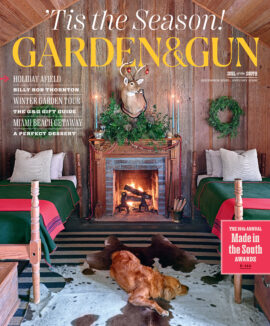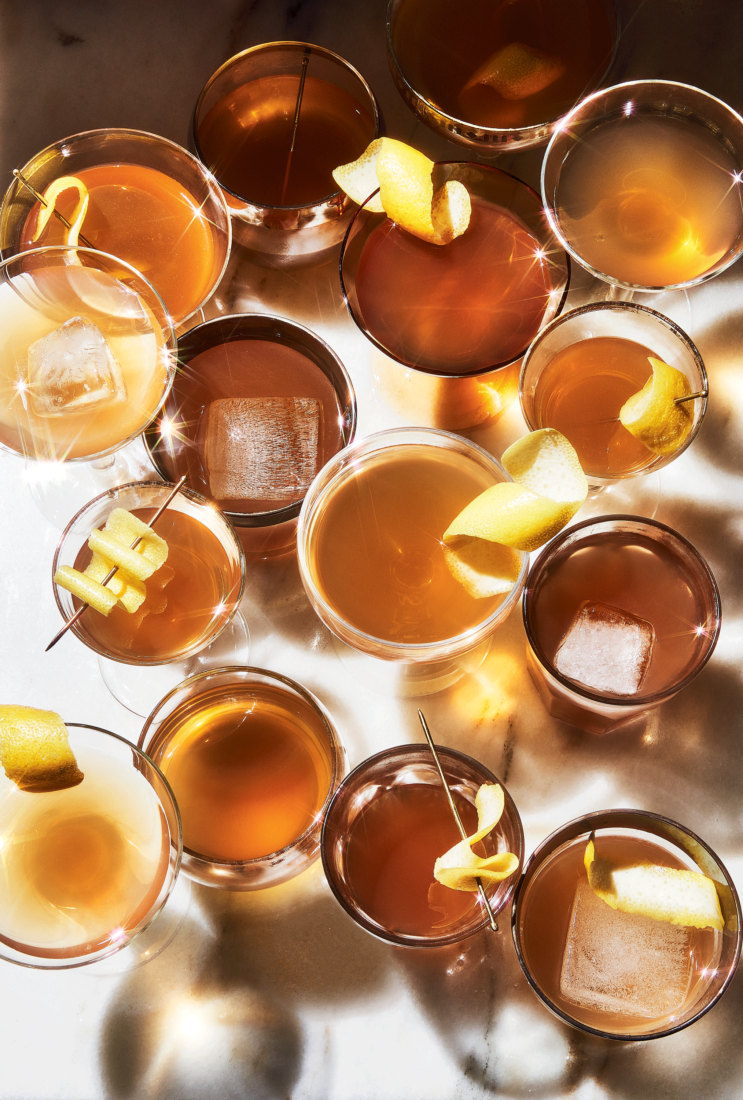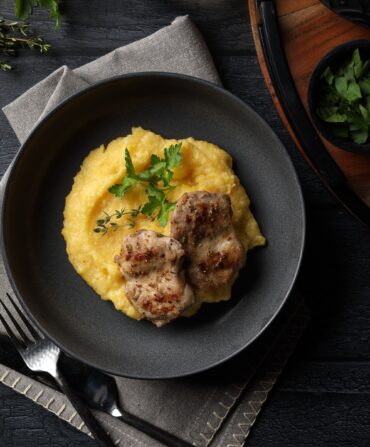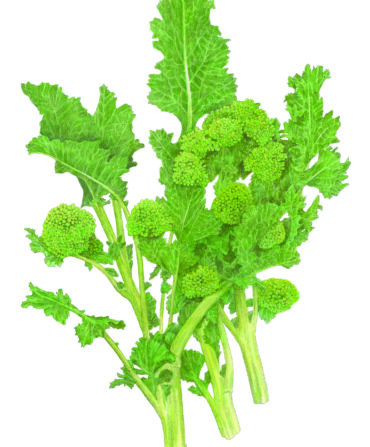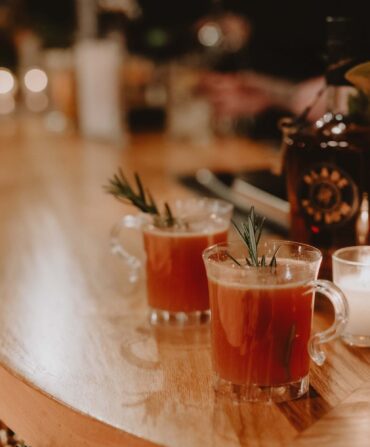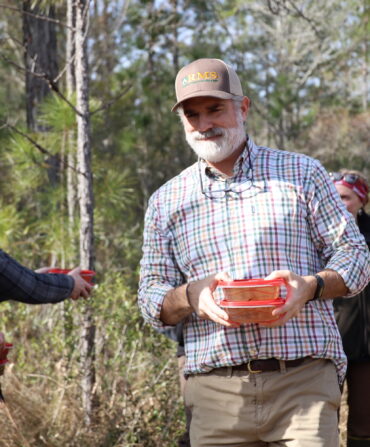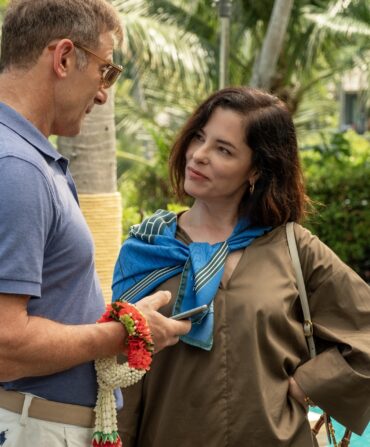Social clubs were the natural habitat of punch, which provided easy access to drink amid the hunting, fishing, whist, or whatever, and did so without imposing any demands upon the hosts once the labor of making it was complete. In the eighteenth century, Schuylkill Fishing Company of Pennsylvania, outside of Philadelphia, was widely heralded for its Fish House Punch, which remains among the most famous of American bowl drinks. But many other clubs developed their own.
At Virginia’s Quoit Club, founded in 1788, members gathered under the trees just outside Richmond to pitch quoits—a precursor to horseshoes. Among the members was John Marshall, the chief justice of the U.S. Supreme Court from 1801 to 1835 and a devotee of Madeira. Another notable in attendance was Jasper Crouch, the club’s famed African American cook and bartender, who has lately been hailed for his contributions to Southern drink and who may well have had a hand in creating the club’s trademark punch.
The original recipe specifies lemons, brandy, rum, and Madeira, plus a small iceberg…but no water. This suggests that drinkers were chiefly interested in an obstacle-free route to inebriation, unencumbered by detours. “It’s a classic old punch very much in the aristocratic style,” David Wondrich says. Since his initial publication of the historic recipe, Wondrich has discovered more accurate proportions, which we are pleased to recommend below.

